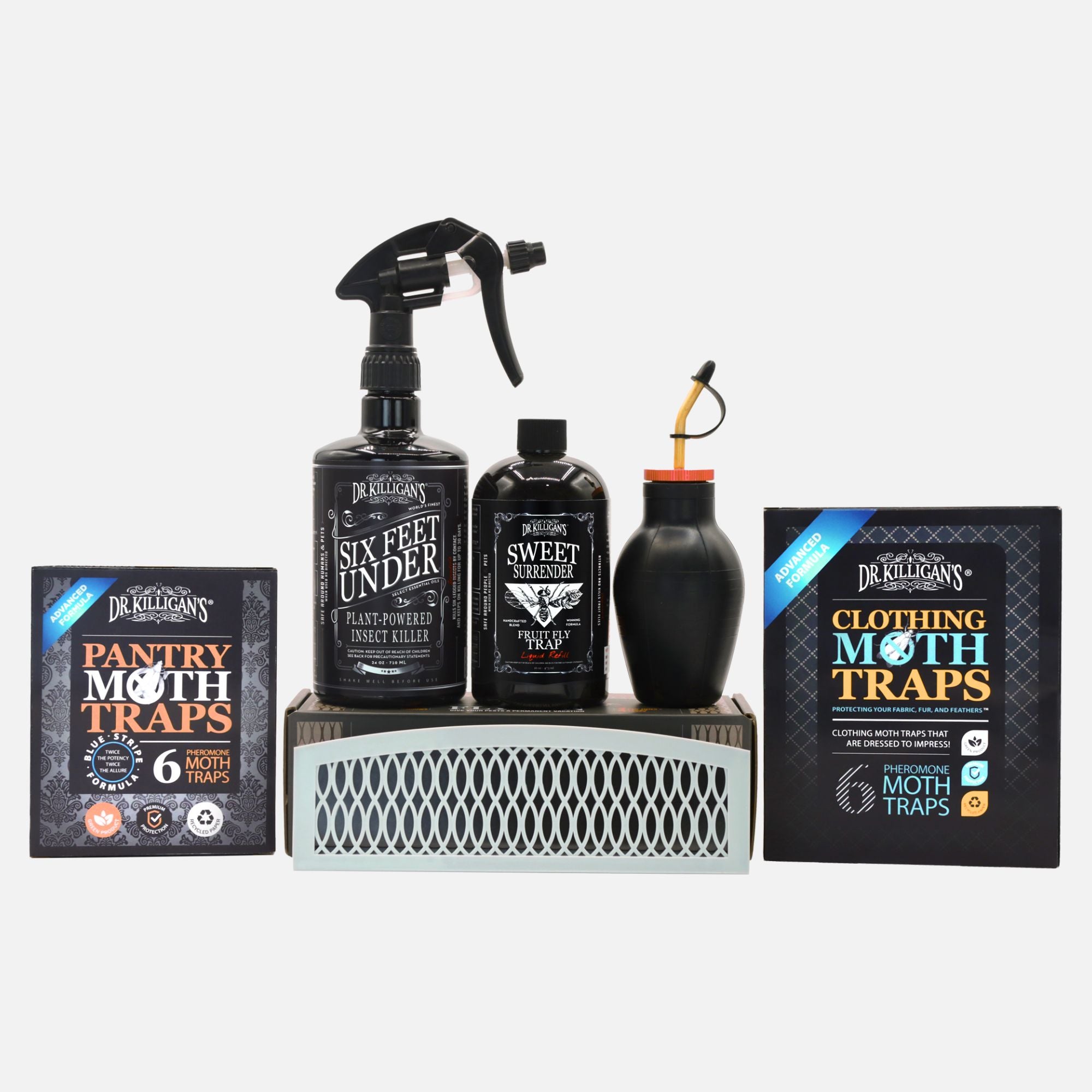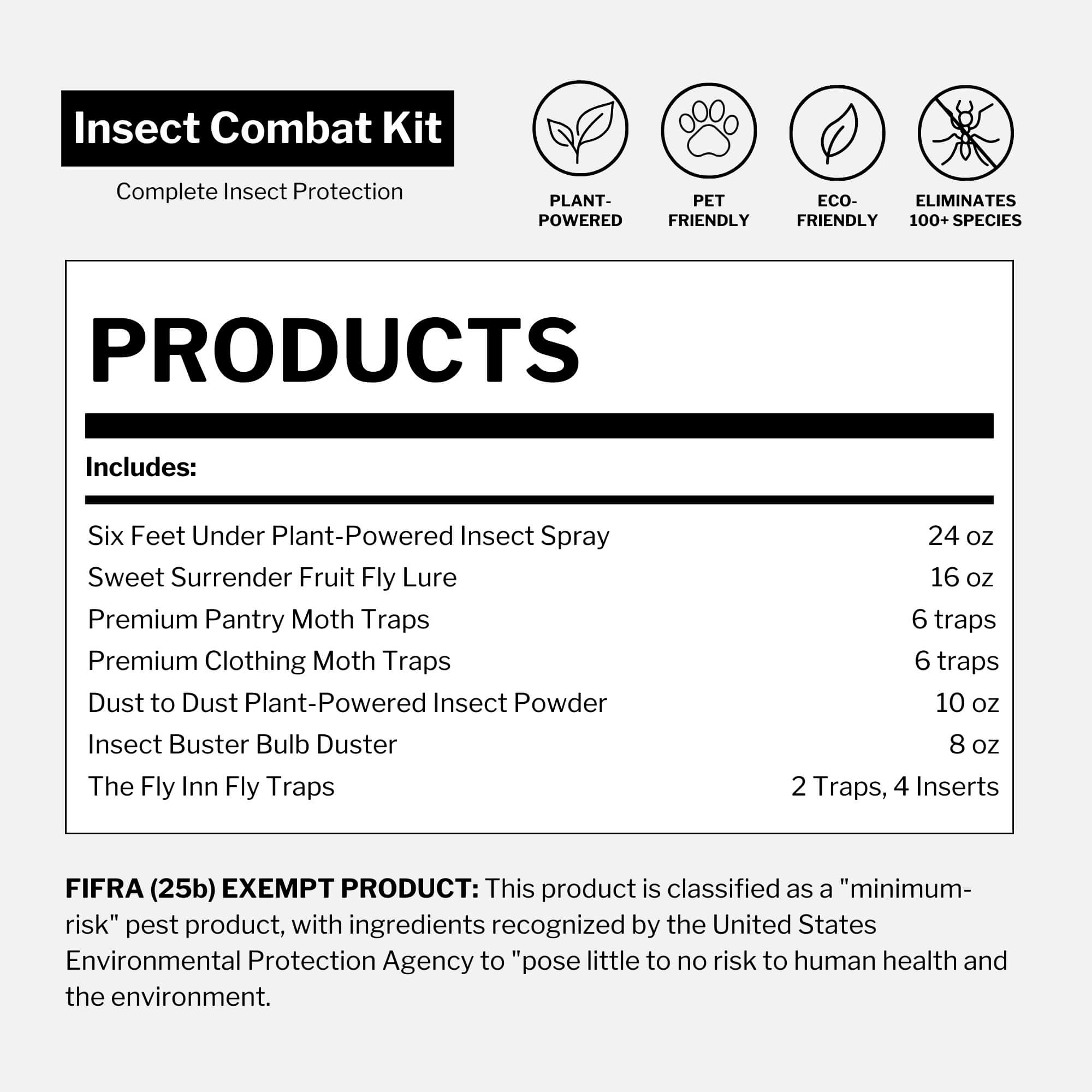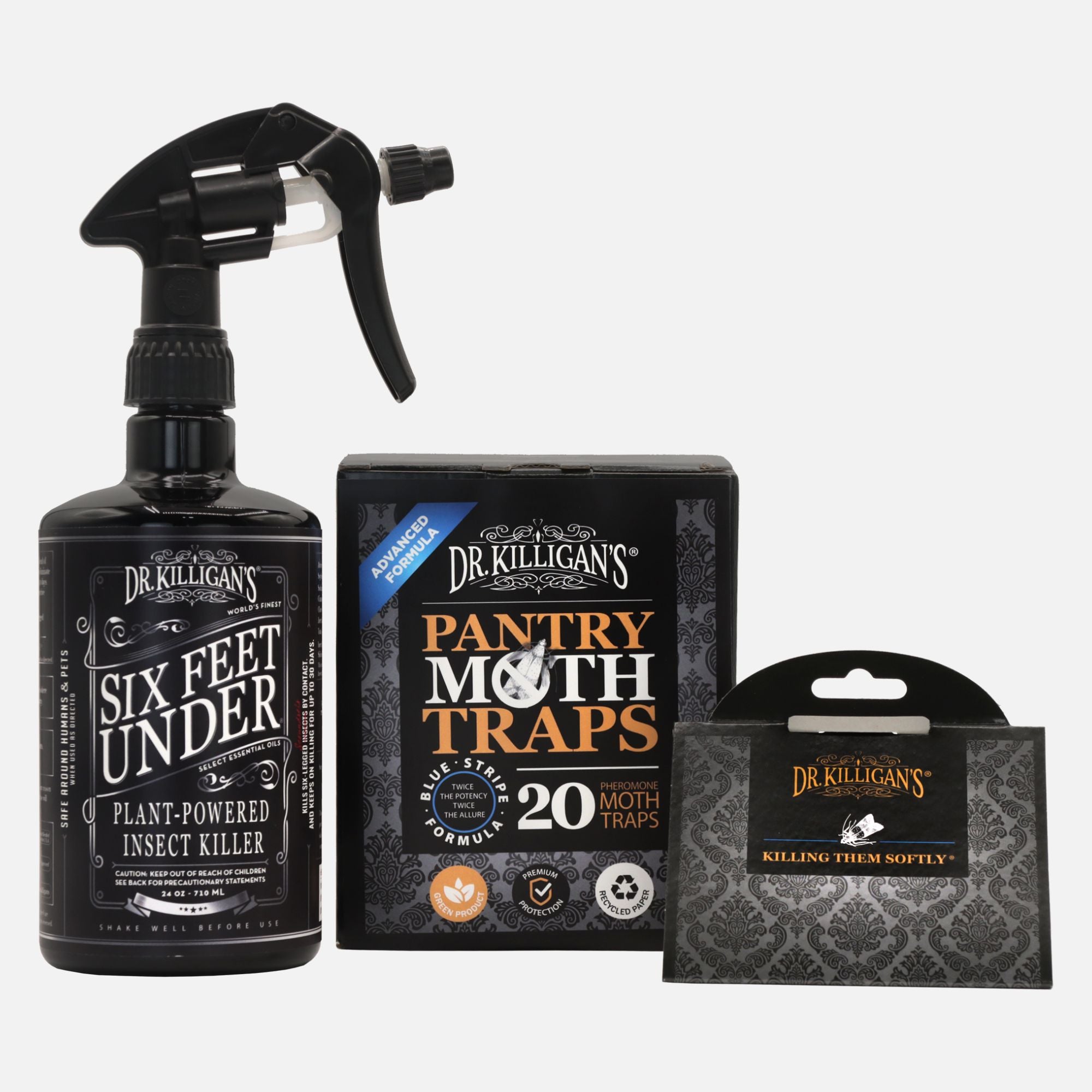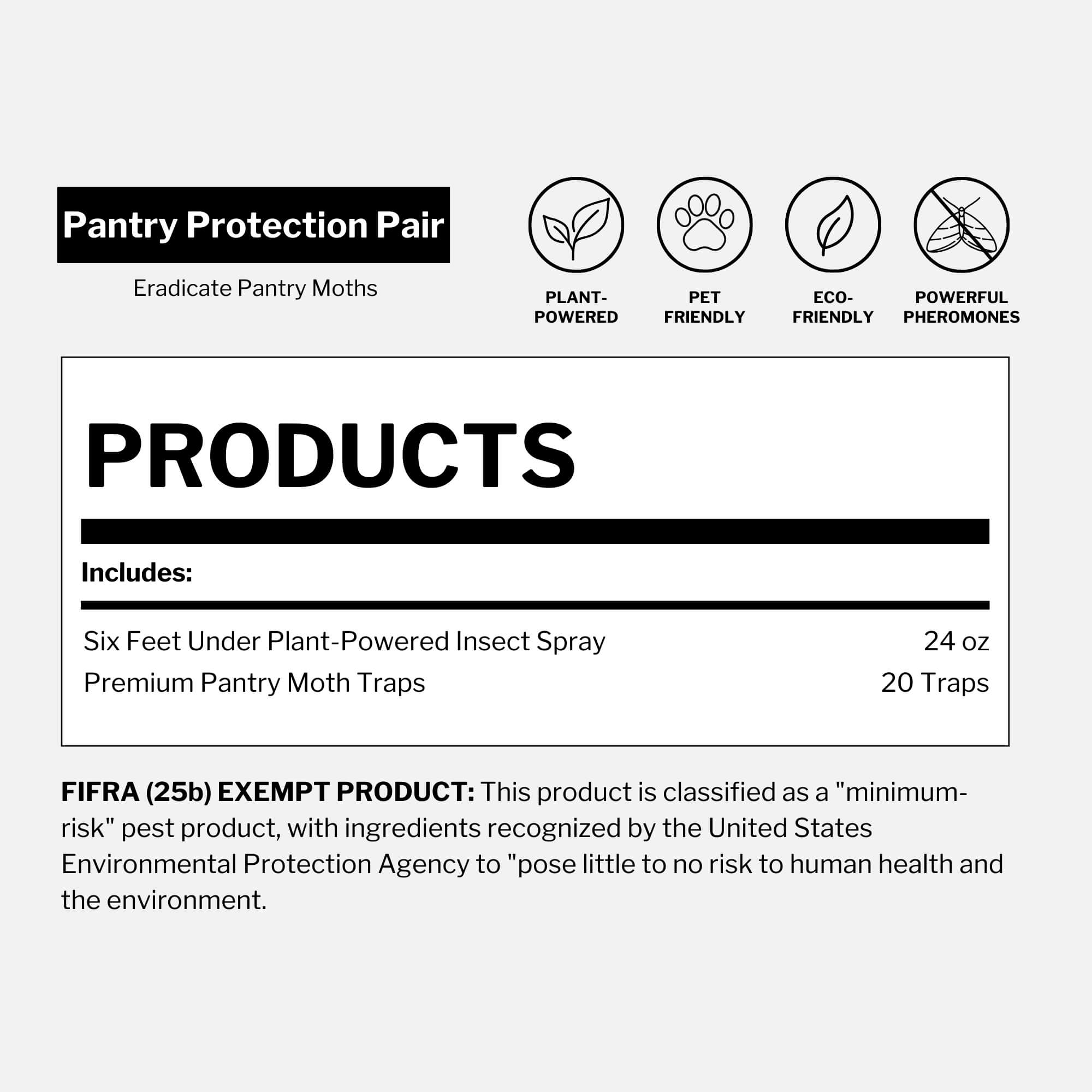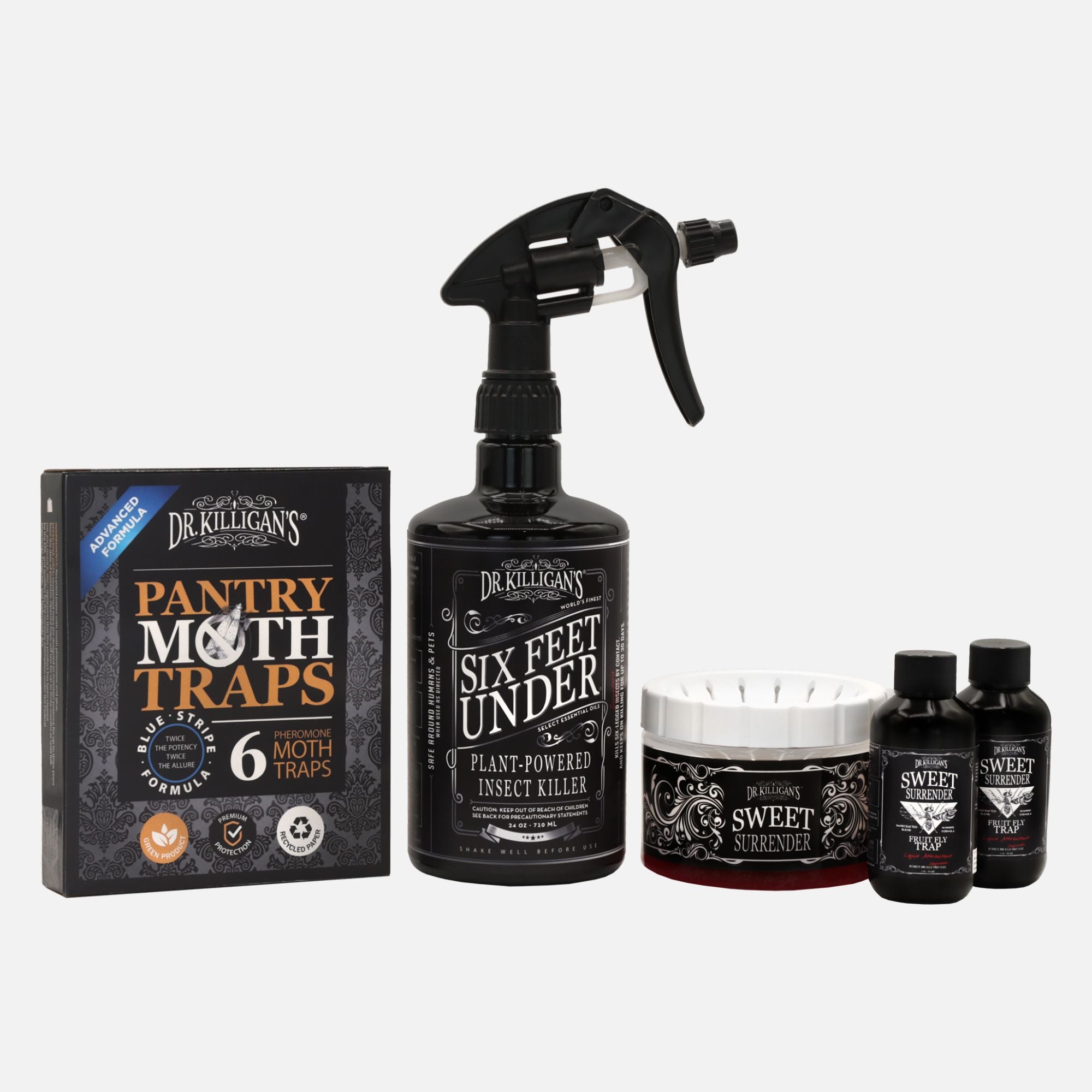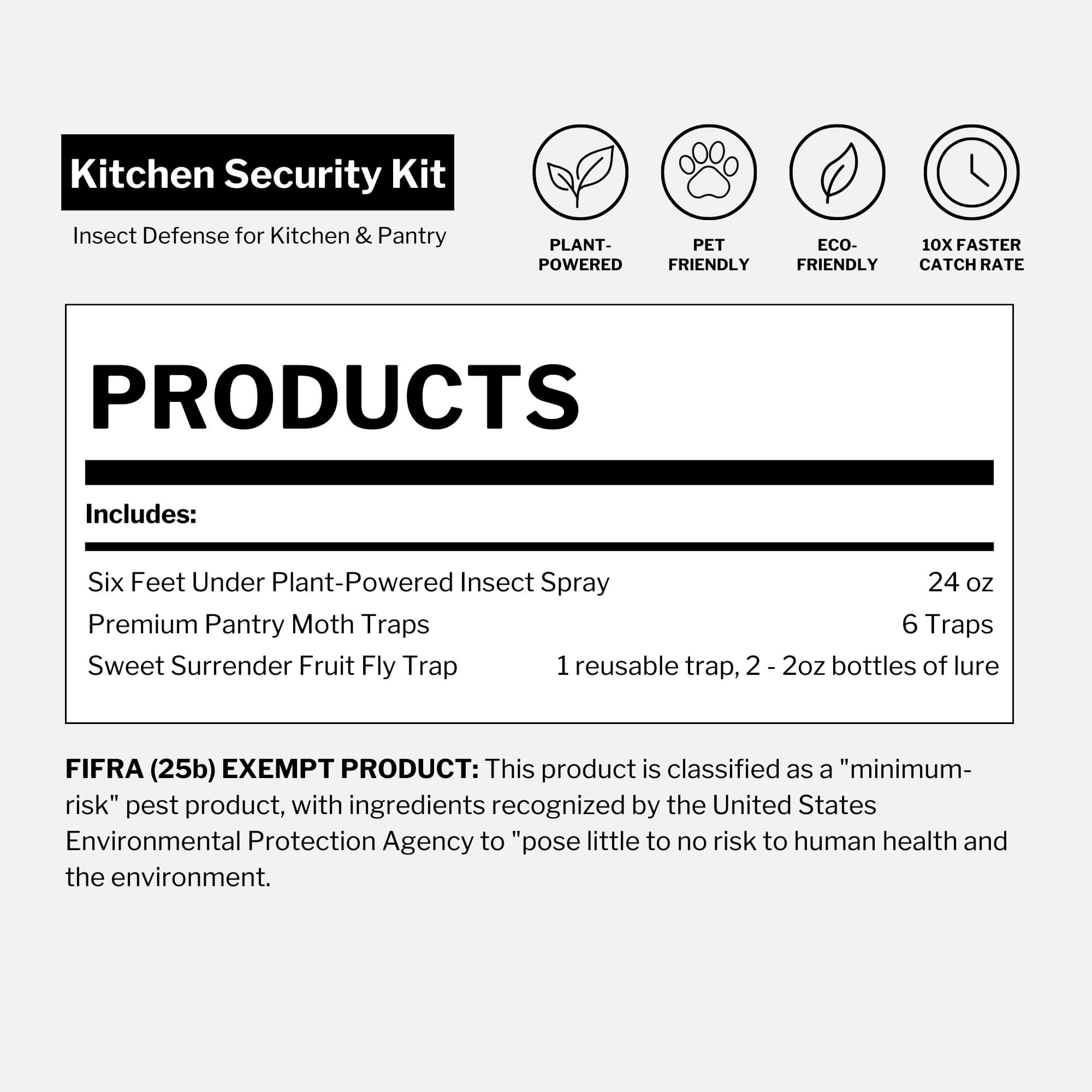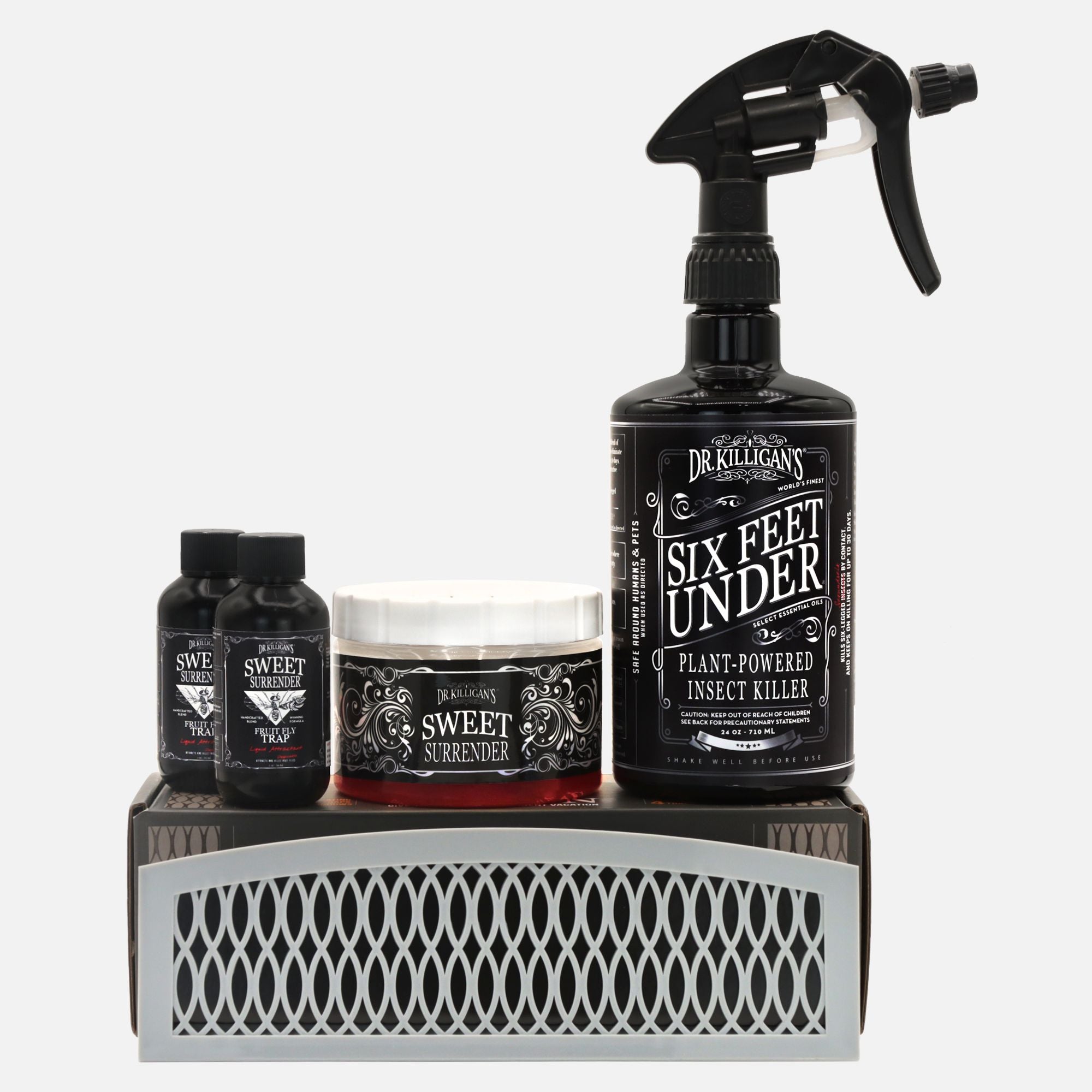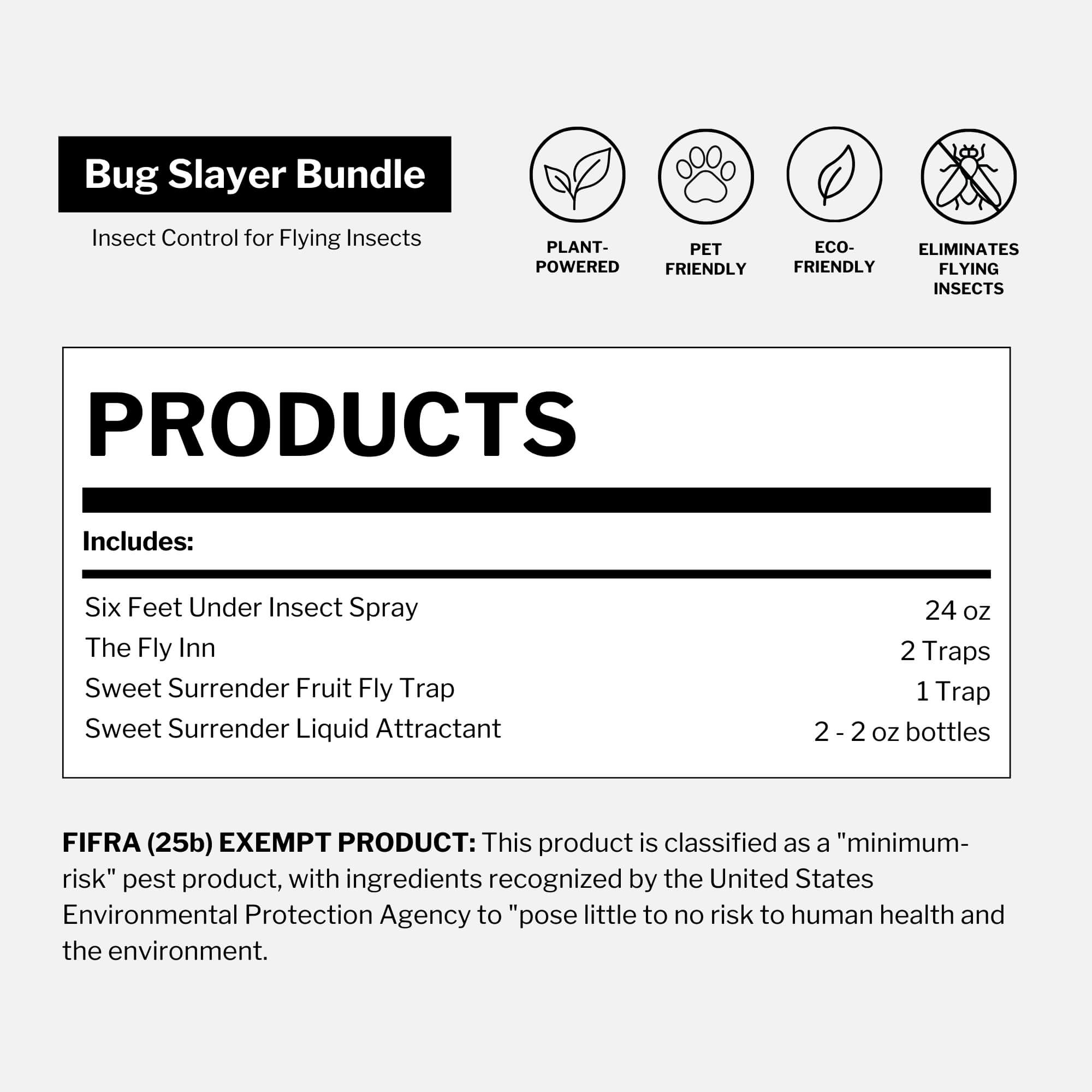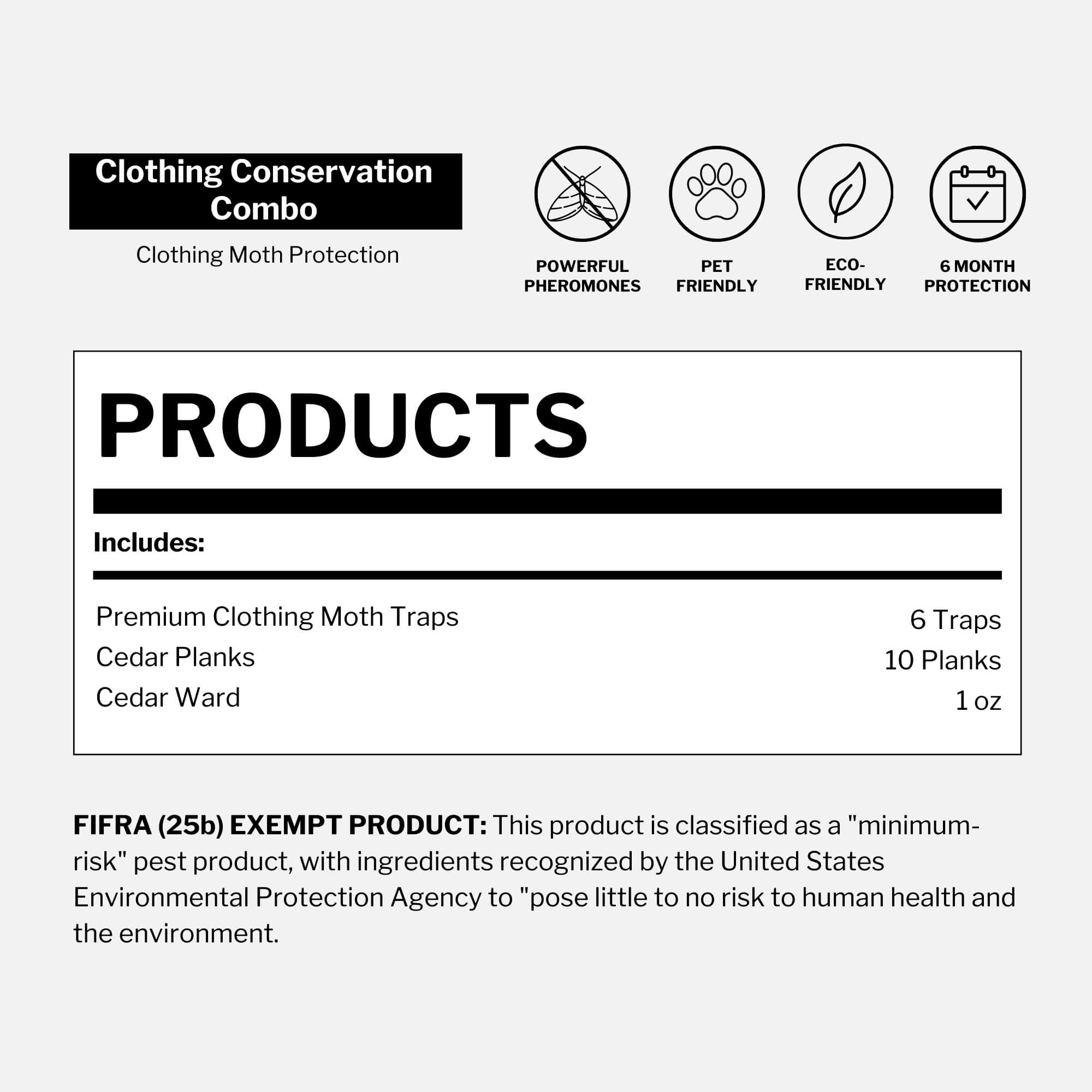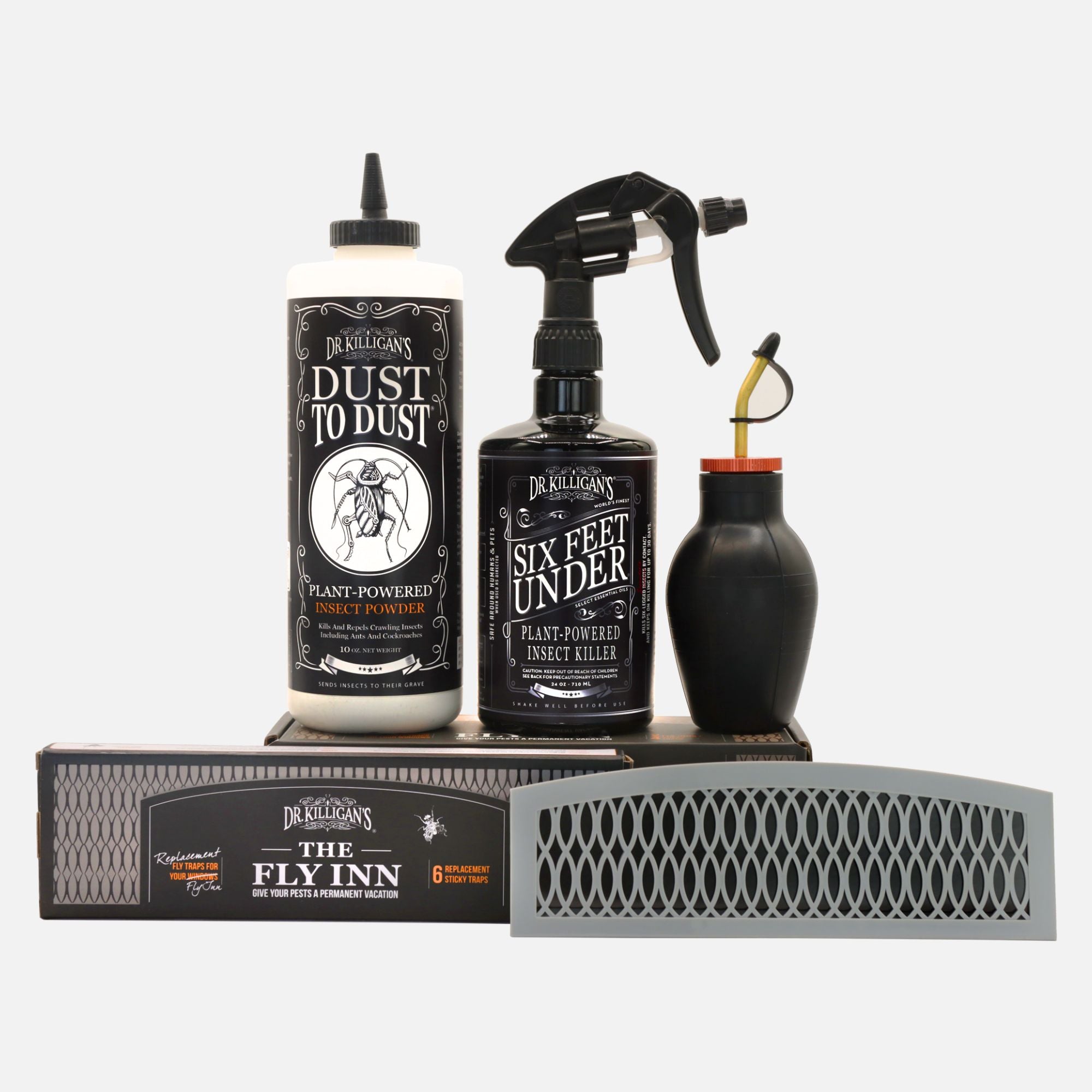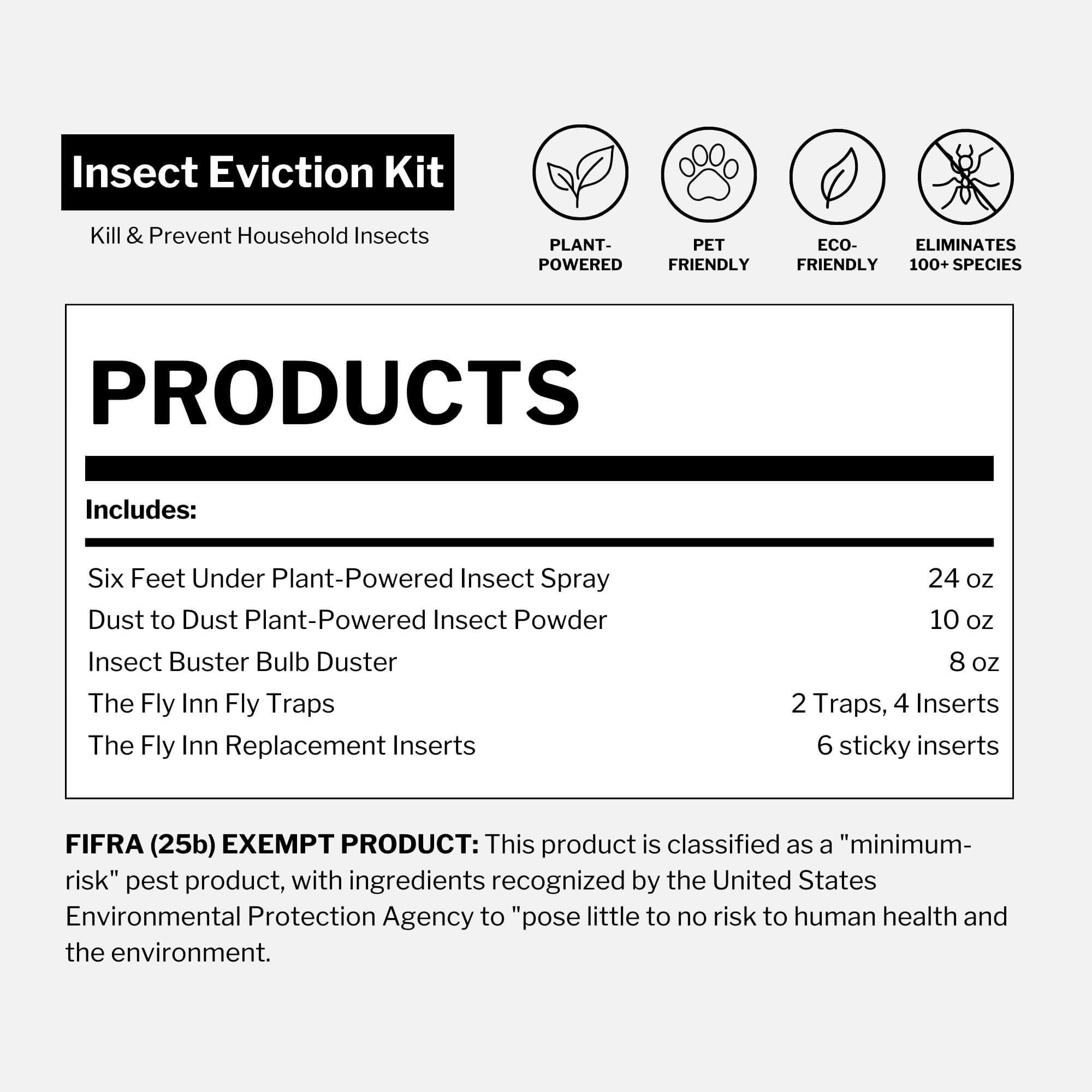No one really considers the question of how long pantry moths live until they begin to see the signs of life around their pantry; holes in bags of rice or a box of cereal, tiny web-like threads in a corner, or active larvae in food products. Once realized, we begin a detailed regimen of cleaning up the visual presence of moths but wonder what is the life cycle of a pantry moth; for those we cannot see. Hopefully, we can answer these questions for you so you can come out on the other end with a moth free pantry.
The life cycle of a pantry moth
A pantry moth’s life cycle goes through four stages. They can live from 30 to 300 days. A fairly short life, but when you consider one moth can lay up to 400 eggs, then that one moth can do considerable damage to your pantry and the food it contains.
Here are details about each stage:

Egg
During this stage, which can take about a week, their activity is dormant. The main issue is with how many eggs there are. When laid, there can be up to 400 of them, and chances are you will not see them. Moth eggs are not visible to the naked eye until they are ready to hatch into larvae. The other issue is that in order to survive, the adult moth must lay them near a source of food; a bag of flour, a bag of beans or rice, a box of cereal, an improperly sealed bag of pet food, anywhere the moth has access to.
Larvae
When an egg hatches, the larvae will feed on the source of food around them. Therefore, moths will lay their eggs as close to the source as they can. So, you will not know you have a moth infestation until you begin to see the larvae within the food in your pantry. At that point it is too late, and you must discard the food and proceed with cleaning procedures. After the larvae have eaten enough, about one to two weeks, they will find a quiet corner and wind itself into its pupa stage.
Pupae
After the larvae are grown, and found its way to a resting place, it spins thin webs and creates a cocoon so it can grow into an adult moth. As the Pupae grows, it is once again dormant. This stage lasts around two weeks. Once complete, the cocoons are hatched, and you have an adult moth.
Adult
Adults can be a nuisance but are relatively harmless. Their job right now it to mate and lay eggs. After that process is complete, they will not live much longer. However, that life continues through the possible hundreds of eggs the moth laid.
How to keep moths out of food pantry
If you live in an area that is prone to moth activity, there is good news. You can do something about moths even before you get them in your home. Understanding the life cycle of a pantry moth will aid you in what you can do. Use these preventive measures, so you never have to deal with them in the first place.
Cleanliness
Moths will not thrive in a clean environment. If there is no food for them to access, then they will either die or move on. This involves keeping dried goods in sealed and airtight containers. This includes how to keep moths away from bird food and how to keep moths away from pet food. If you discover evidence of moths in your closet or on your clothes, these are likely not pantry moths.
Routine checks
As adults, moths do not only come in through an open front door or holes in your home. The food you bring in is susceptible to infestation even before it leaves the grocery store. So, when you purchase dried goods, take a good look at it. Look for holes, eggs, or larvae. If you still have a concern, when you bring the goods home, stick them in the freezer for about a week. This will kill all the eggs, rendering them harmless. Also, inspect your cabinets regularly, even cleaning them regularly regardless of activity.
Preventive measures
During the life cycle of a moth, it is never more susceptible to preventative methods than it is in its adult stage. The idea of prevention is to keep them from breeding and laying eggs. However, sprays are toxic, and many DIY methods are ineffective and temporary. You need a proven method for capturing and disposing of these moths before they can create a new batch of moths.
The final word on pantry moth life cycles

So, what is the life cycle of a pantry moth, and when is the best time to rid your pantry of them? As stated, the adult phase of the moth’s life cycle is the most crucial. To rid your home of pantry moths, Dr. Killigan’s Premium Moth Traps are an effective method to deal with these pests.
Many moth traps on the market require you to deal with two separate pieces: the glue trap and a pheromone wafer. So, you must handle the items directly; not very appealing. However, at Dr. Killigan's we aim to make your life better. Our Premium Moth Traps have the pheromone mixed in with the glue. There is no separate wafer to handle. Also, there are no harsh chemicals to harm children or pets. All our products are 100% safe, completely toxin-free, and are contained in beautiful packaging. To learn more about our non-toxic pest control products, visit our shop.



